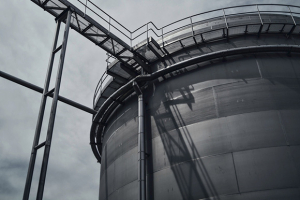How to create a safe environment in the manufacturing sector

The construction industry in the US makes up 4.1% of the country’s GDP, with well over ten million people employed in that sector alone. These huge numbers are evidence of what a significant part the manufacturing business plays in the nation’s economy, but with such statistics comes a great responsibility.
That responsibility, first and foremost, is to ensure the safety of those working on construction sites all over the US by way of establishing policies that guarantee the wellbeing of each individual. So, what are the best ways to create a safe environment for those millions employed in the manufacturing sector?
Clear and concise guidelines
Staff at all levels need to be fully aware of which situations are safe and which ones may put themselves or others at risk. Clear communication about what is expected of employees on site will help to avoid potential accidents, while encouraging a culture of team members speaking out when they spot something amiss will also increase safety levels.
Reduce noise pollution
Sounds above 85 decibels can be harmful if you are exposed to them for too long, which is why the likes of RS Components provide buffers to increase immunity from the loud noises produced by some pieces of machinery. A chainsaw, for example, will emit something in the region of 110 decibels and consistently loud sounds can have a long-term, detrimental effect on a person’s hearing, as well as impair their ability to hear any warnings from colleagues.
Protective equipment
Part of the guidelines distributed to employees should be the requirement to wear safety equipment at all times. Depending on the nature of the job, this could include hard hats, high-visibility clothing, goggles, gloves, ear protectors, masks and steel toe-capped boots. Failure to wear the necessary equipment could result in a serious injury or worse, so anyone working on site should always err on the side of caution.
Regular checks and re-training
To make sure staff remain safe at all times, it’s worth carrying out frequent spot checks and flagging up any safety violations to try and ensure they are not repeated. Additionally, holding regular re-training sessions and keeping employees informed of any changes in the regulations will help to safeguard their wellbeing and avoid any potentially nasty accidents.
Similar articles
More from RS (formerly RS Components)
- Distributed I/O systems cut costs, design time 27th April 2025
- RS on board with HMS Networks 3rd July 2022
- RS Components shipping ultrasonic-imaging camera 7th December 2021
- Procurement report airs supply chain concerns 21st October 2021












Write a comment
No comments